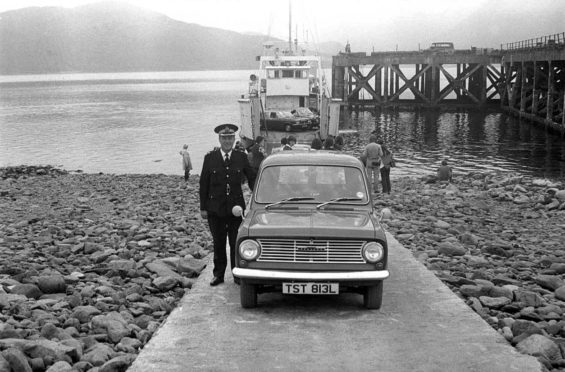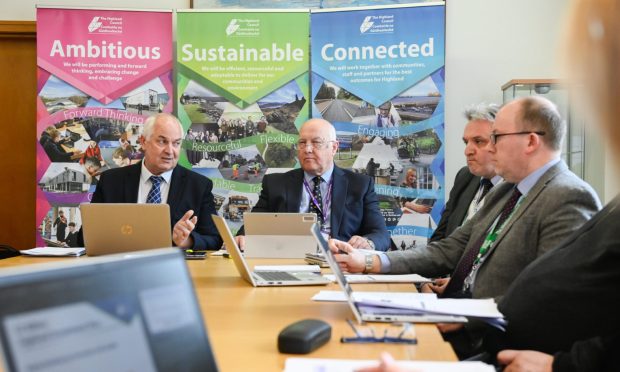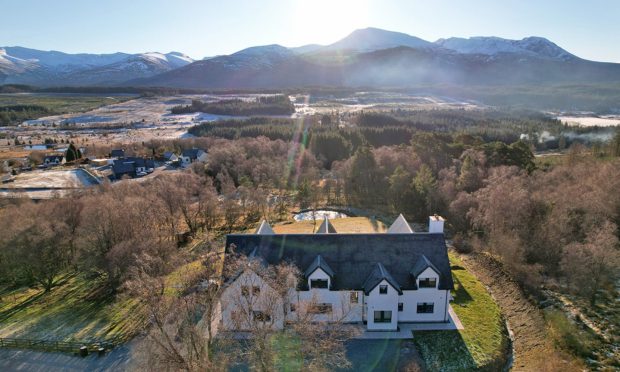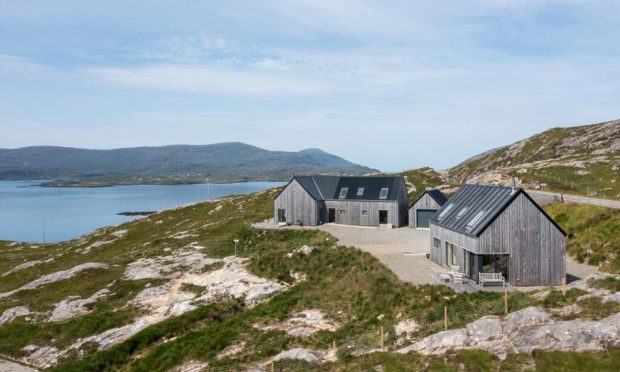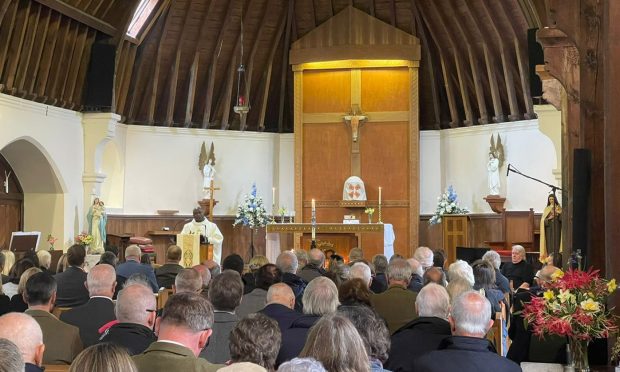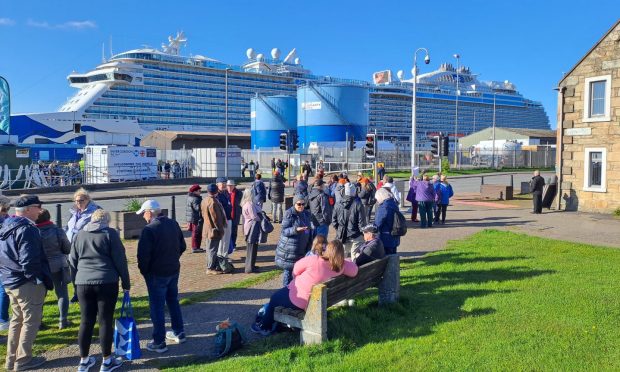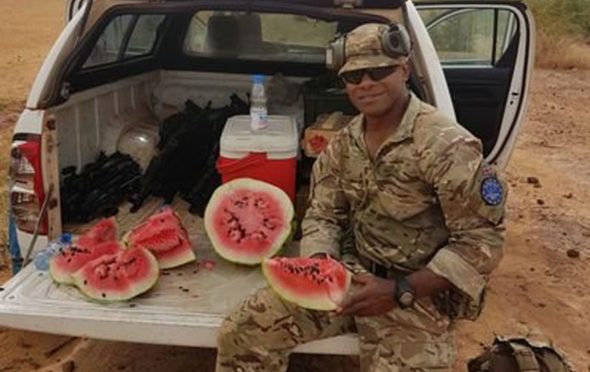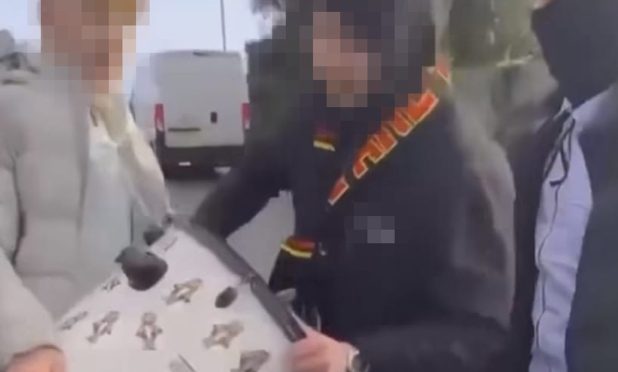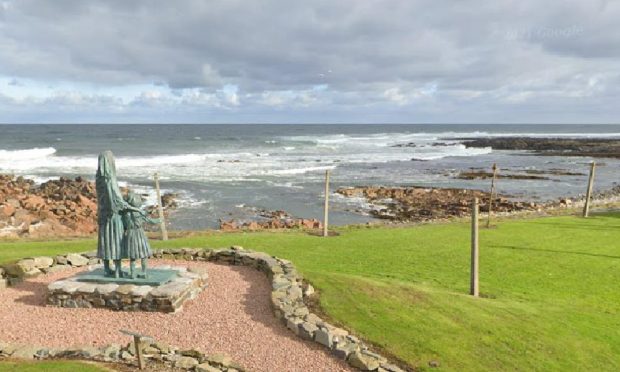For the best part of 40 years Dave Connor has been researching the history of police in the north of Scotland and beyond.
The retired police officer – now a devoted historian – is one of the administrators of the popular Northern Constabulary Museum Facebook page.
Through it he has explored how local policing has changed over the years and a new section takes a closer look at the vehicles officers have relied upon.
The Northern Constabulary once served the north of Scotland, incorporating the Highlands and Islands, Western Isles, Shetland and Orkney from 1975 to 2013.
With over 700 officers, the region was the largest in the whole of the UK covering an area equivalent to the size of Belgium, prior to the merger of one police force for Scotland in 2013.
Mr Connor, however, remembers a simpler time when he and his colleagues did much of their policing on foot.
He said: “In the early days you weren’t allowed near a car when you started out as an officer.
“You had to do a fair bit of walking and you were required to have learnt a fair bit about the job before you gained access to a vehicle.
“When I first started we had proper pandas. I recall there being Escorts and Triumphs, but towards the end of my career around 2003 there was a big difference.
“People will say with the police using more and more vehicles that they are losing touch with the public and there is some truth to that.
“Back in the day, foot patrol involved getting out and about and stopping and speaking to people but once phones and radios came into it the public started to demand a prompt response.
“Nowadays, with the likes of mobile phones, people expect a near instantaneous response.”
Many of those vehicles feature in a nostalgia-filled online gallery on the Northern Constabulary Museum Facebook page.
“We don’t physically have a museum as such for people to visit but I suppose the beauty of the online museum is that it is available to everybody, worldwide, immediately and at any time of the day.”
“The page has gathered 1,842 likes including many former, current and retired police officers and members of the public keen on learning about the history of policing in the north of Scotland.
“A lot of the photos we have had submitted could have easily been lost.
“Kids of today find it difficult to understand what policing was like back in the day.
“Some of the vehicles weren’t fast, but they got you from A to B and that’s what their intention was.”
